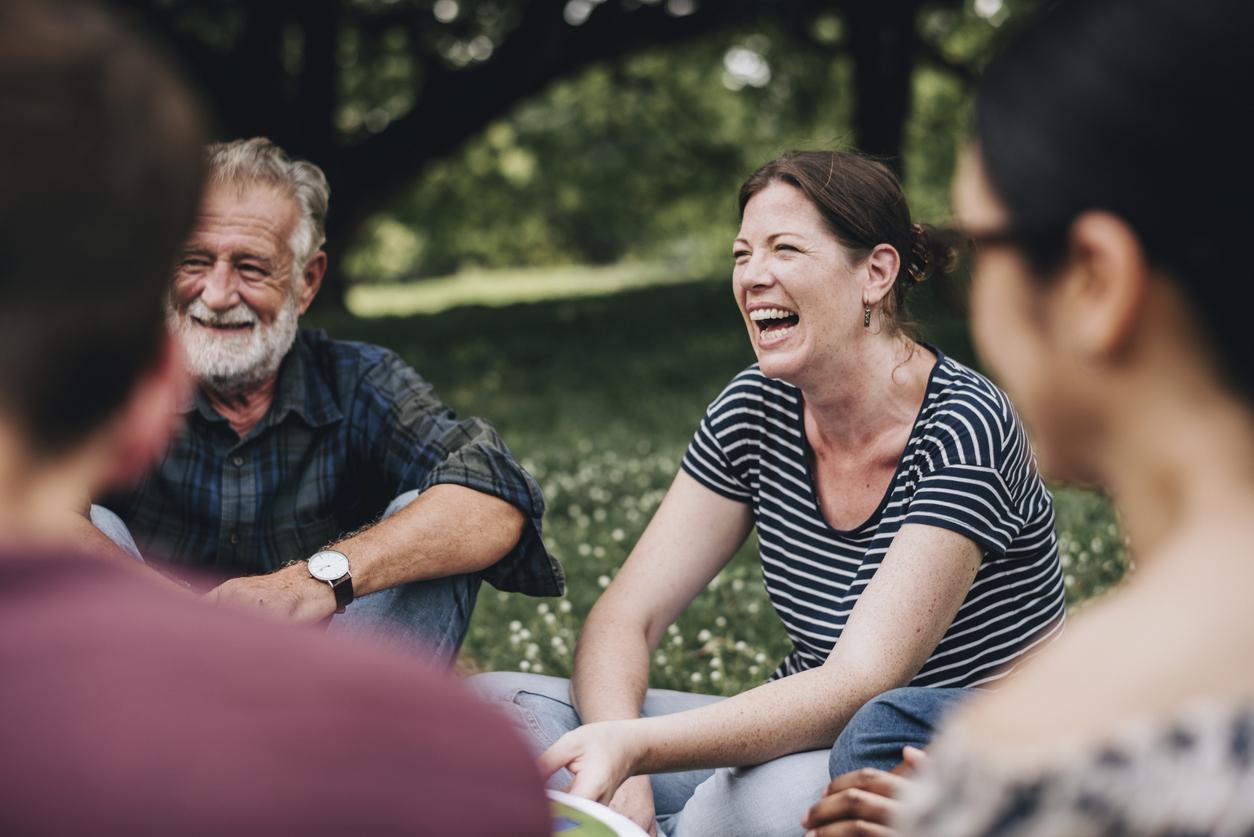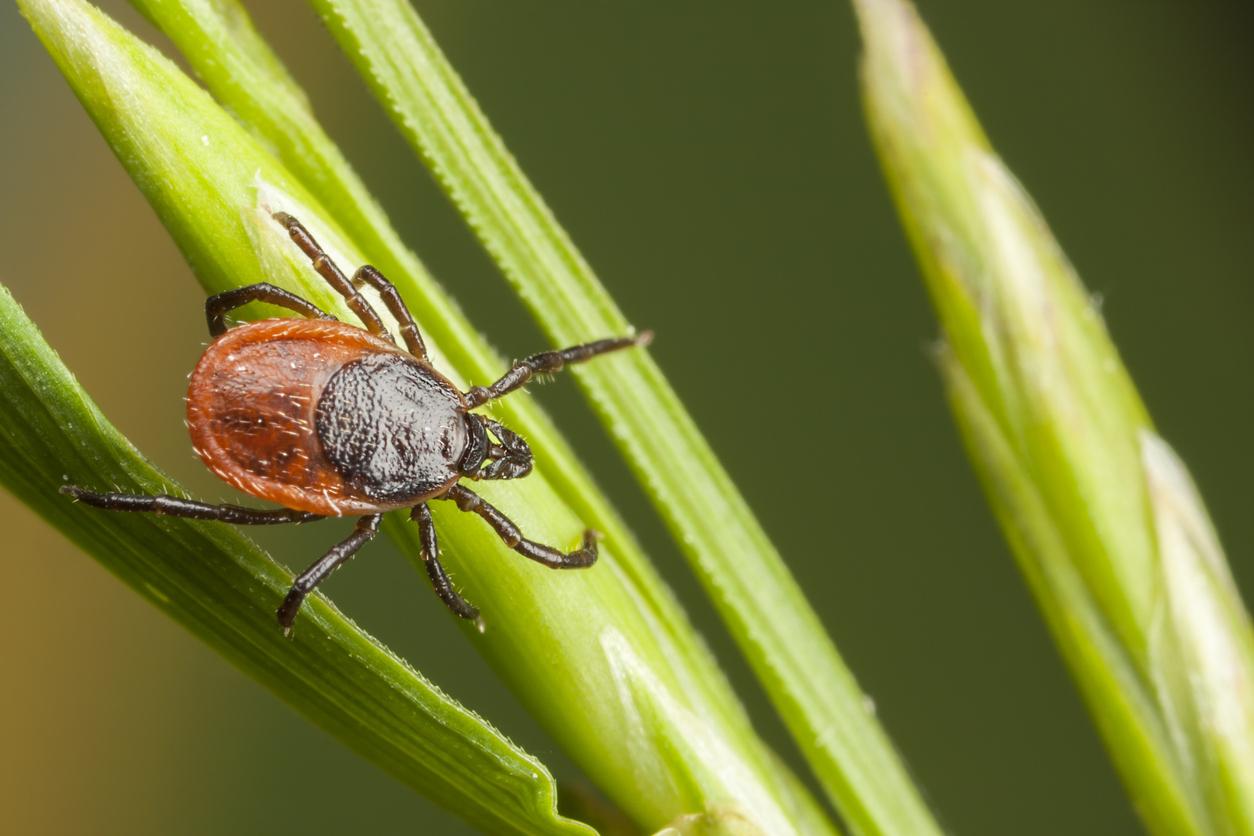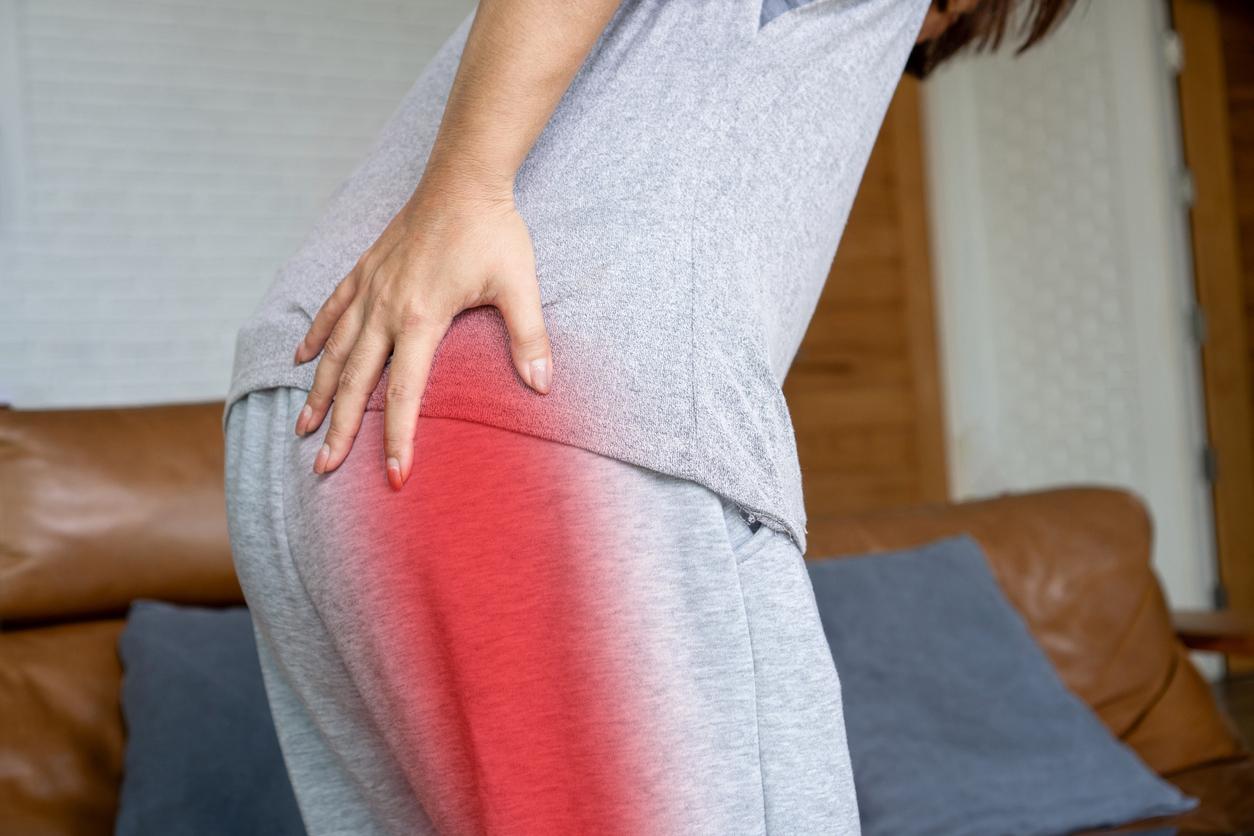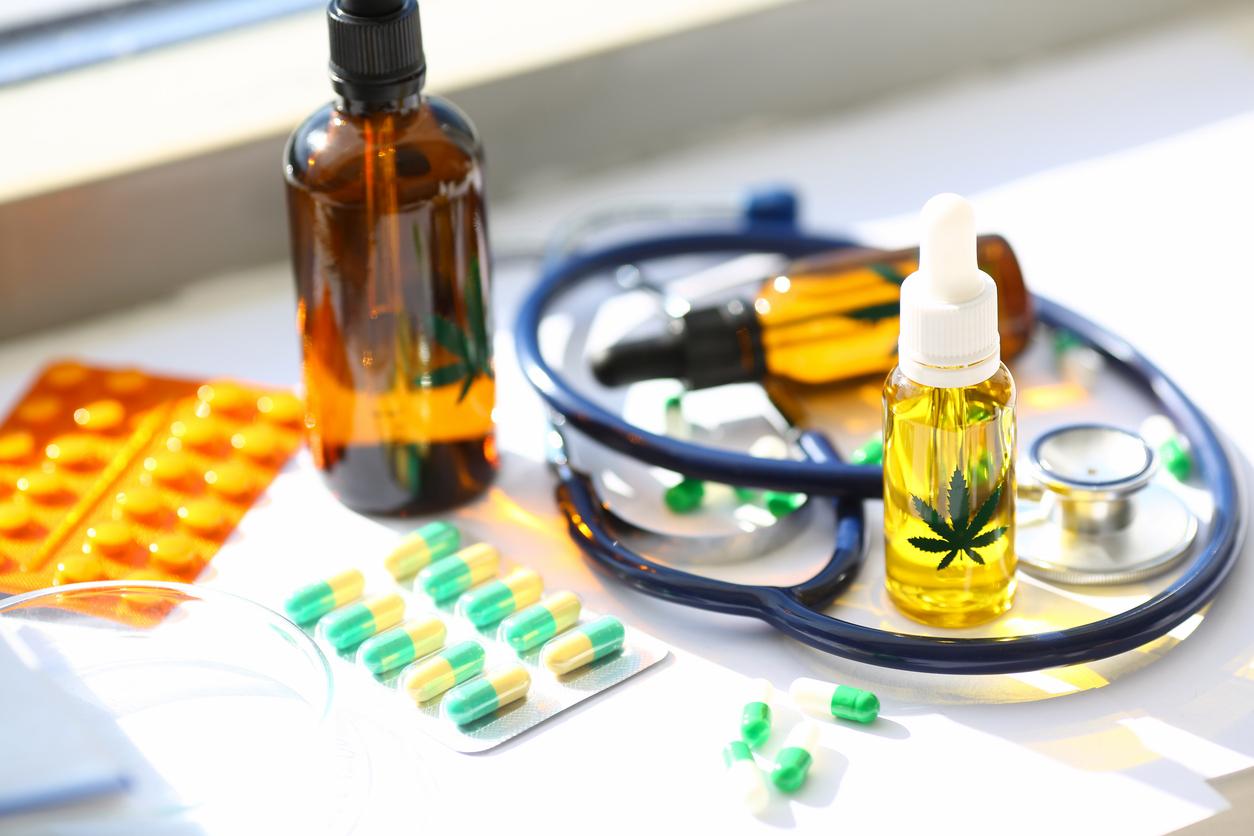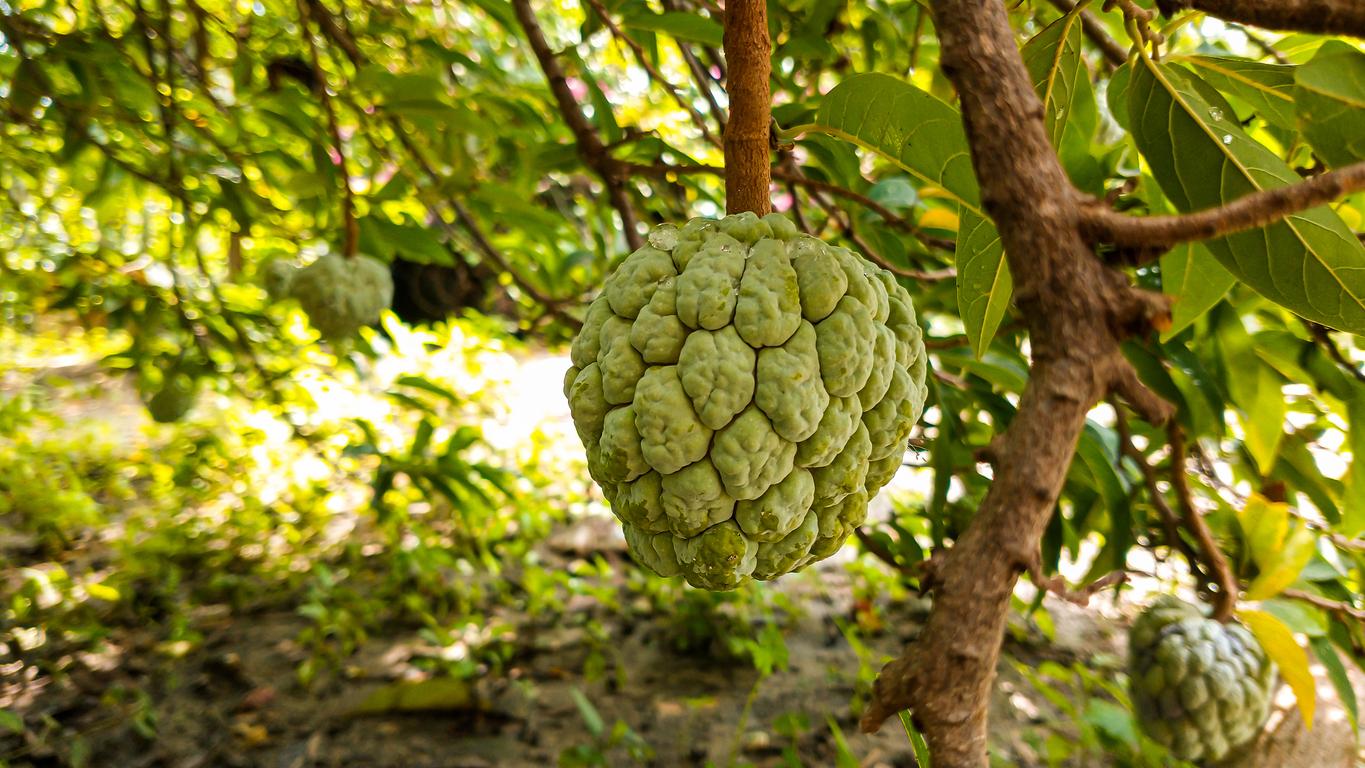
Between scrotum and rectum
Some men think that prostate pain is a precursor to prostate cancer, but there is absolutely no harm in it. You can compare it to a tension headache. Instead of tension in the neck or shoulders, you have irritation in the area around the prostate and bladder.
With prostate pain (prostatodynia) you have pain in the area between the scrotum and rectum, but the pain can also radiate to the groin and/or genitals. The pain can be a pulling, burning, aching, or biting. Sometimes you experience pain when urinating or before or after ejaculation. In general, prostate pain is not a continuous problem. Sometimes you have many and sometimes no complaints at all.
Causing?
Cold, tension, nervousness, alcohol, spicy food and prolonged sitting can trigger the complaints. In contrast to a prostatitis, there is no bacteria in prostate pain. The prostate is just irritated or swollen. In addition, the muscles in the pelvic floor can also be the cause of the pain. If there is insufficient control over the muscles, they contract at times when relaxation is needed.
What to do?
The diagnosis of prostate pain is made when no other cause for the complaints can be found. If you know – or have determined together with a urologist – when the complaints arise, you can often deal with the pain more easily by avoiding these situations. stress reduction is an important step in this regard. Sometimes medicines, warm baths and rest can also reduce the symptoms.
When poorly functioning muscles in the pelvic floor are the cause, you will need to gain more control over these muscles. You can train them through awareness and exercises. Unfortunately, not all causes of prostate pain are treatable.
With whom?
Men between the ages of 35 and 50 are more likely to experience an irritated or swollen prostate than younger or older people. Yet prostate pain occurs at all ages.












